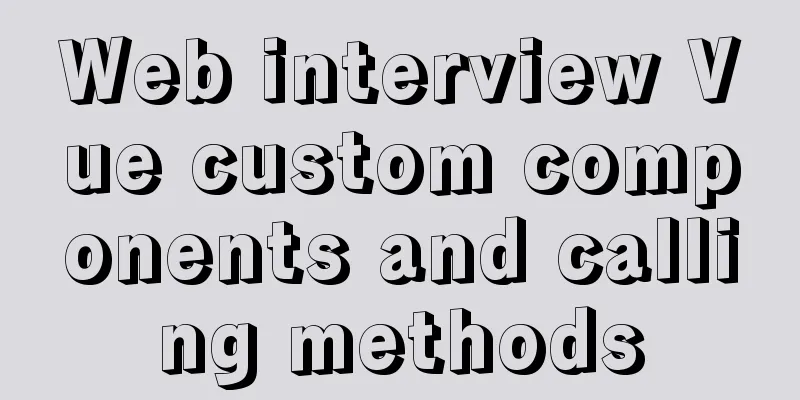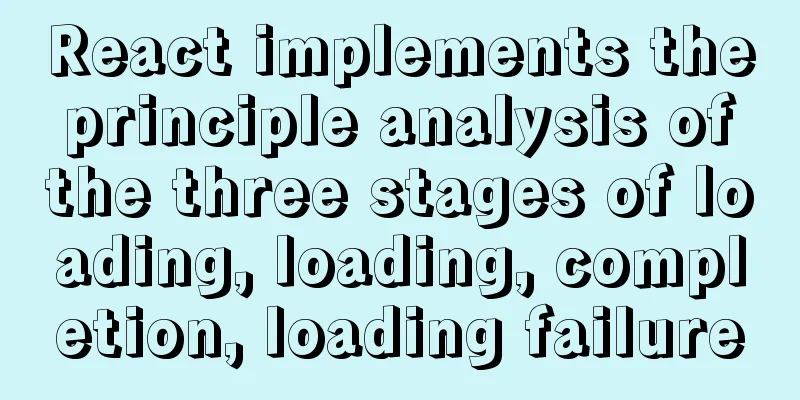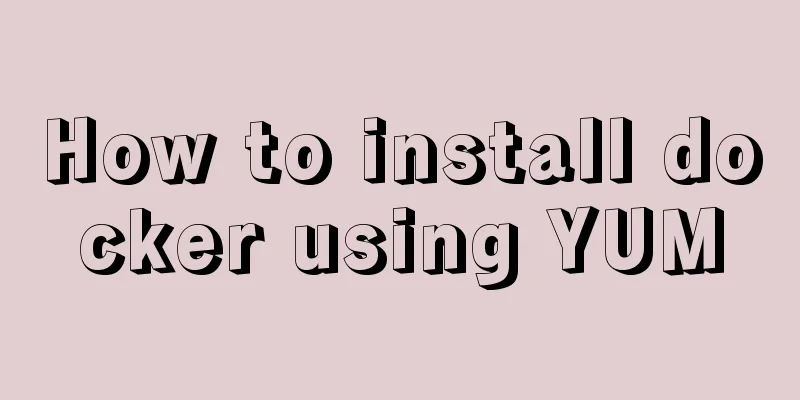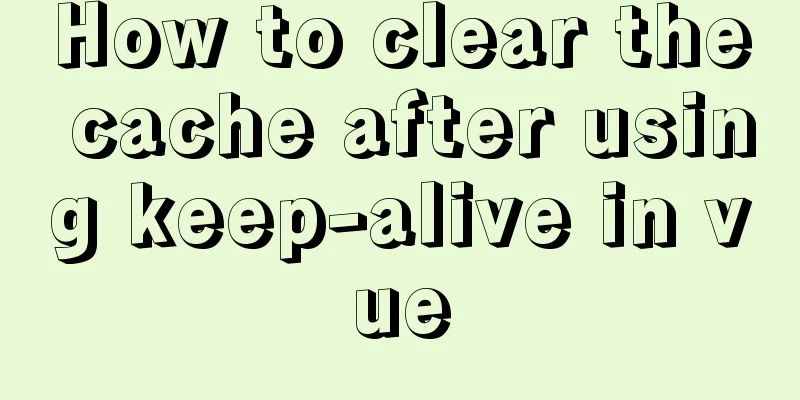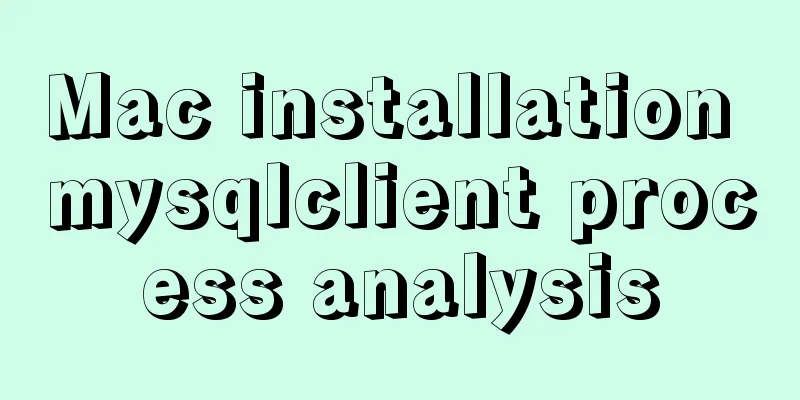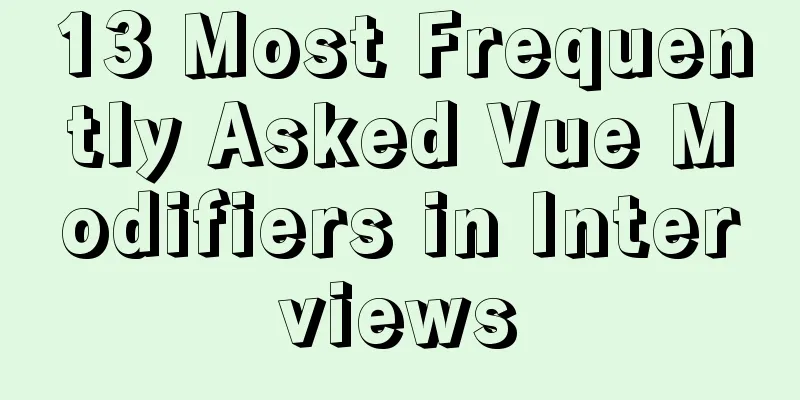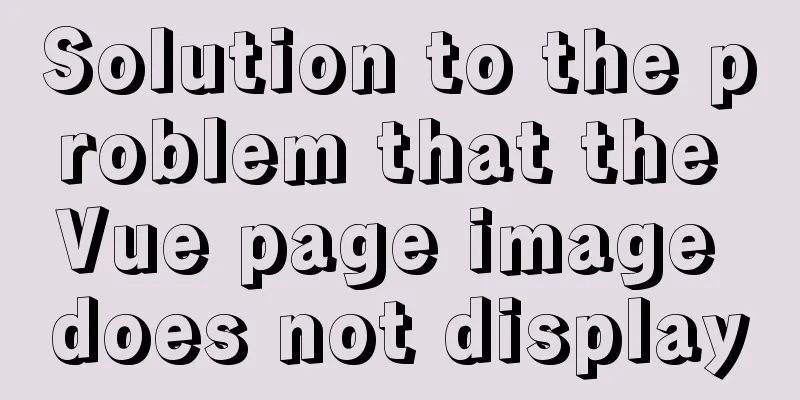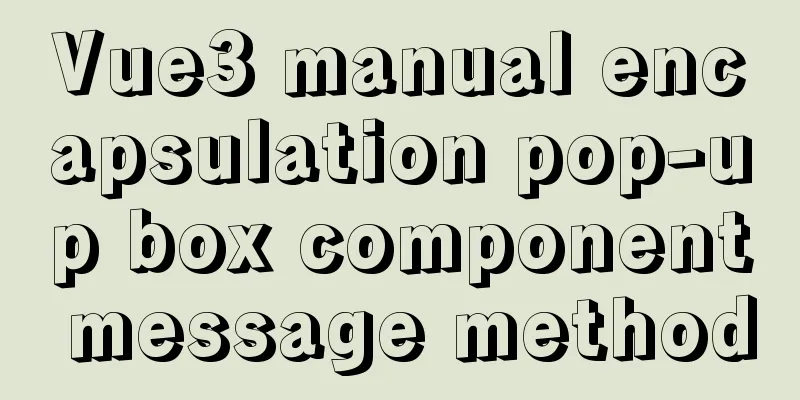Talking about the practical application of html mailto (email)
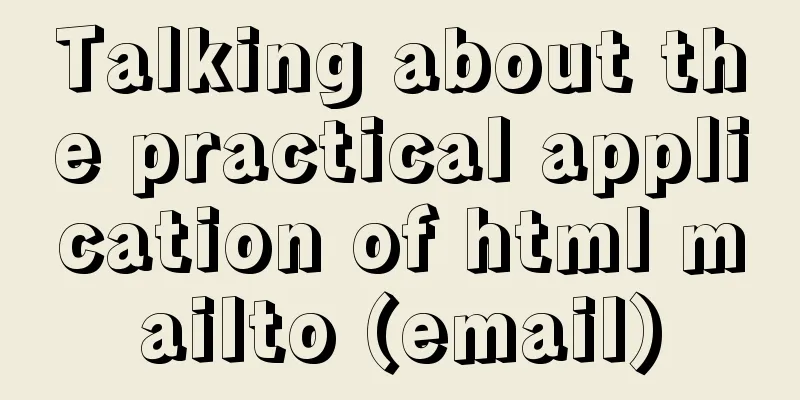
|
As we all know, mailto is a very practical HTML tag in web design and production. Many friends who have personal web pages like to write their email addresses in a conspicuous position on the website, so that once the web browser clicks the hyperlink composed of mailto with the mouse, it can automatically open the default email client software in the current computer system, such as OutLook Express and Foxmail. However, due to the inconsistency between the operating systems and mail clients in handling mailto event connections, you need to be careful when using it in practice; 1. Basic grammar <a href=mailto:[email protected]>send email</a> or <form action="mailto:[email protected]"> </form> Parameter list:
Connection String <a href="mailto:[email protected]?subject=testtitle&[email protected]&body=this is body">send mail</a> Form Copy code The code is as follows:<form name='sendmail' action='mailto:[email protected]'> <input name='cc' type='text' value='[email protected]'> <input name='subject' type='text' value='testtitle'> <input name='body' type='text' value='this is body'> </form> 2. Differences between email clients The above is a simple syntax application of mailto; however, in actual application, different browser clients may have different effects depending on the browser settings. Especially when the body content contains HTML format statements, you need to pay attention to this; Outlook displays the HTML statements in the body as they are (even if the HTML in the body is escaped, it is still invalid). So what should we do if we want to wrap the statements in the body when using Outlook Mailto? <br/> has no effect. . The %0D character is required as a line break symbol; Foxmail will display the corresponding HTML effect of the HTML statement in the body; Of course, you can also use another method to implement the mailto type client to send emails: Copy code The code is as follows:function SendMail(filePath) { var path = location.href.substring(0, location.href.lastIndexOf("/")) + filePath; var outlookApp = new ActiveXObject("Outlook.Application"); var nameSpace = outlookApp.getNameSpace("MAPI"); var mailItem = outlookApp.CreateItem(0); var mailto = "[email protected]"; var mailBody= "<HTML><BODY><DIV><FONT color='red'>test this is body html</FONT></DIV></BODY></HTML>"; mailItem.Subject = "test title"; mailItem.To = mailto; mailItem.HTMLBody = mailBody; if (path != "") { mailItem.Attachments.Add(path); } mailItem.Display(0); mailItem = null; nameSpace = null; outlookApp = null; } But this has a big disadvantage: it only supports Outlook clients, and requires the configuration of Internet options, and "Initialize and script ActiveX controls not marked as safe" must be enabled. Calling mailItem's Attachments.Add is to add attachments to the email. If there is no attachment, the filePath parameter can be deleted. If you need to add a carbon copy object, you can call mailItem.Cc. If you need to add a blind copy object, you can call mailItem.Bcc. |
<<: The "3I" Standards for Successful Print Advertising
>>: Basic reference types of JavaScript advanced programming
Recommend
MySQL 8.0.18 deployment and installation tutorial under Windows 7
1. Preliminary preparation (windows7+mysql-8.0.18...
Util module in node.js tutorial example detailed explanation
Table of contents Starting from type judgment Str...
Basic notes on html and css (must read for front-end)
When I first came into contact with HTML, I alway...
Explanation of using if judgment conditions in sum and count functions when using SQL statements to collect data
First, let me give you an example (if you don’t w...
How to modify the firewall on a Linux server to allow remote access to the port
1. Problem Description For security reasons, the ...
js handles account logout when closing the browser
Table of contents Classic approach question Furth...
Why do code standards require SQL statements not to have too many joins?
Free points Interviewer : Have you ever used Linu...
Detailed explanation of how to customize the style of CSS scroll bars
This article introduces the CSS scrollbar selecto...
Detailed explanation of the difference between device-width and width in CSS3 media queries
1.device-width Definition: Defines the screen vis...
VMware configuration hadoop to achieve pseudo-distributed graphic tutorial
1. Experimental Environment serial number project...
CSS+HTML to implement Skeleton Screen loading placeholder animation effect (with animation)
Effect Fading from top to bottom Source code html...
Common naming rules for CSS classes and ids
Public name of the page: #wrapper - - The outer e...
Complete steps to implement face recognition login in Ubuntu
1. Install Howdy: howdy project address sudo add-...
Book page turning effects made with CSS3
Result:Implementation code: html <!-- Please h...
MySQL optimization: use join instead of subquery
Use JOIN instead of sub-queries MySQL supports SQ...
